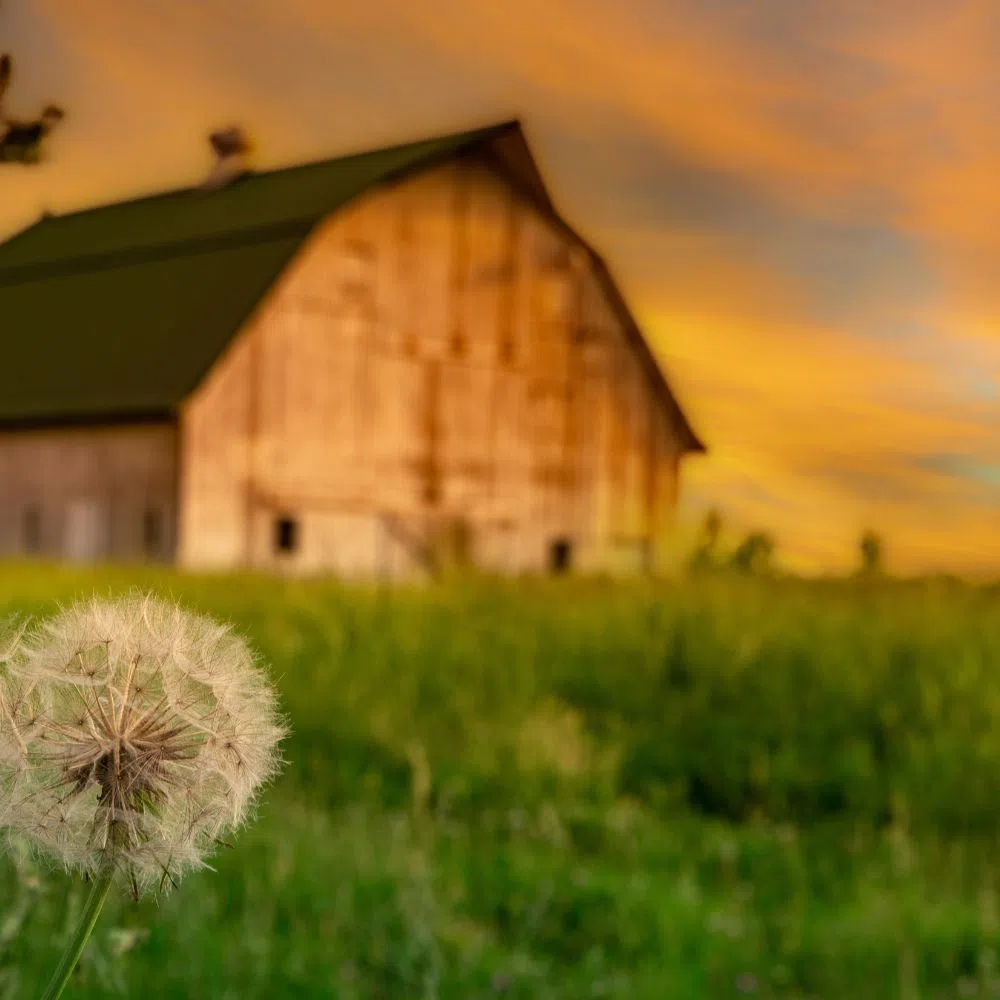Building a homestead is a deeply rewarding process that aligns with the principles of sustainability and self-sufficiency. However, it also comes with its set of challenges. Avoiding certain mistakes, especially regarding selecting a location and managing your water supply, can save you time and money knowing the homestead is sustainable long-term. As we explore the mistakes you must avoid when building the homestead, remember that every step toward sustainability improves your life and helps preserve our planet for future generations.
Location Selection: Ignoring Risks and Services
It’s easy to get caught up in the beauty of a property without considering practicalities when dreaming of the perfect homestead location. Overlooking the risks associated with natural disasters such as floods, wildfires, or hurricanes can lead to catastrophic results. Equally, being too far from essential services might create logistical nightmares.
Key Tip: Research the region’s history of natural disasters and get to know its climate. Also, learn what amenities and services surround you so you can know how long it will take you to reach those places.
Water Management: Underestimating Your Needs
Water is essential. However, many underestimate its maintenance and management on a homestead. Initiating your homestead without a robust plan for water access and conservation can lead to shortages that could jeopardize your crops, livestock, and daily living.
Key Tip: Conduct a thorough assessment of rainfall patterns, onsite water sources, and rainwater systems for harvesting and greywater reuse.
Infrastructure Planning: Short-Sighted Decisions
A vision of today should not eclipse the needs of tomorrow. Think long-term when planning structures and other infrastructure on your homestead. Expanding families, evolving practices, or new regulations may require additional space or facilities.
Key Tip: Begin your homesteading journey with a detailed grand plan that accommodates current needs and allows for future growth, adapting to your evolving homesteading aspirations. Delve into exploring the array of eco-friendly construction materials at your disposal to build a sustainable and harmonious living environment in alignment with your vision. The options are endless, from straw bale and cob homes to earthship and container homes.
DIY Projects: Overestimating Skills
Avoiding DIY projects around the homestead you don’t have the knowledge, skills, and tools for is essential as performing them without those things can lead to serious errors. You must meticulously plan each step when planning a do-it-yourself project, such as a fence installation. Not planning thoroughly is one of the biggest errors in DIY fence installation. Ensure you have everything you need to know written down, such as proper alignment and future maintenance requirements to prolong the fence’s longevity and functionality.
Key Tip: It is advisable to realistically assess your DIY skills before attempting a project. Seek professional guidance or assistance if you’re ever uncertain.
Building a homestead is no small feat—it requires forethought, planning, and a commitment to sustainability. Every decision should reflect your dedication to improving your well-being and contributing positively to the environment. Your homestead can harmoniously thrive within the Earth’s natural systems when you must avoid the mistakes that are easy to make when building the homestead. Consider these tips and meticulously plan to create a sustainable legacy that nurtures your family and the planet long-term.




Comments